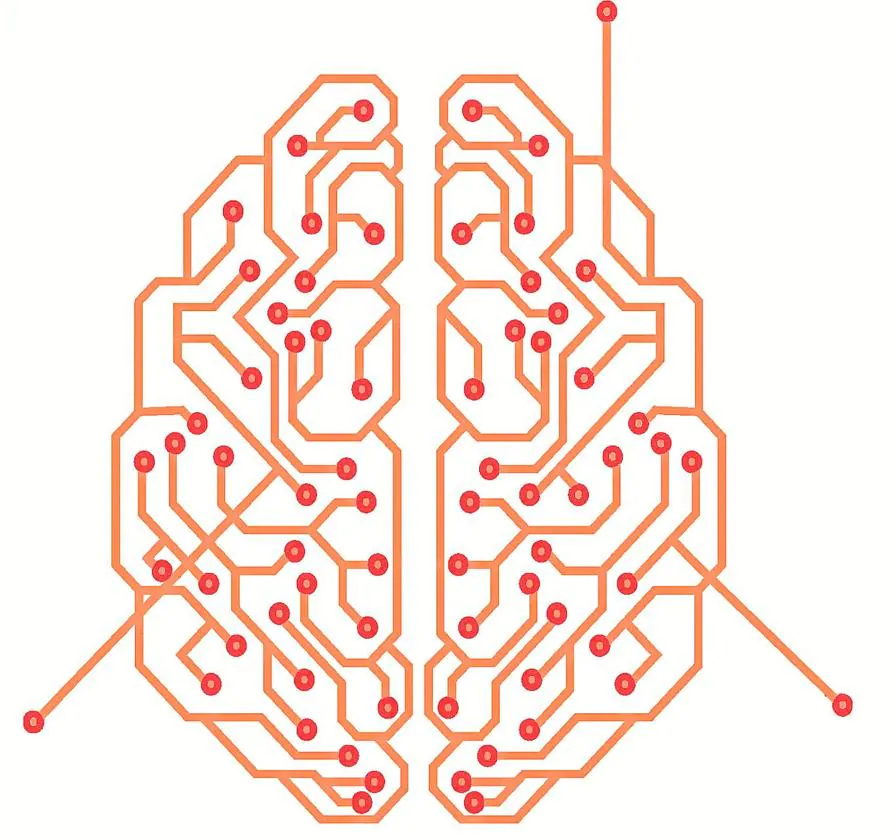The mysteries of the brain
Studies on the most exceptional organ in the human body have advanced more in the last 50 years than in the rest of history, but many questions remain unanswered
Iván Gelibter
Friday, 8 September 2023, 13:28
How do our senses work? Are we using only part of our mental capacity? Does telepathy exist? These are three questions directly related to the human brain, but they are only a small sample of all the questions that scientists continue to ask themselves nowadays. Although huge strides have been made in terms of advancing our knowledge in the last 50 years, how the organ that most differentiates us from other mammals truly functions is still not completely known.
The brain has been the most mystifying organ in our entire anatomy. Firstly, because it is hidden inside a closed box to which, until relatively recently, medicine did not have access. "Today that has changed radically," said Pedro Serrano, head of the Neurology service at Malaga's Regional University Hospital, and an expert on the life and works of Santiago Ramón y Cajal, the Spanish Nobel Prize winner regarded as the father of modern neuroscience.
"With the arrival of scanners and, later, magnetic resonance imaging (MRI), we can now generate a complete image of the different areas of the brain and see how the different areas function. But traditionally it was a mystery, which is why for much of human history the brain has been considered the resting place of the soul, or the place where a person had a connection with the gods and things like that. There was no truly scientific basis for knowledge," said the neurologist.
Ramón y Cajal's discoveries made it possible not only to identify neurons, but also see how they worked
Not all is still hidden. Serrano explained that one of the key moments in history happened when Ramón y Cajal was able to unravel the first of the great mysteries surrounding this organ: what makes up the brain. "He demonstrated that it was made up of individual elements that he called neurons, and that these neurons were the ones that hid the secrets of the brain. Somehow he began to uncover the true structure and the real secrets beneath."
He added that Ramón y Cajal's discoveries went much further because, not only did he identify neurons, but also how they worked, how they were composed, how they transmitted electrical impulses, and how that electrical impulse subsequently passed from one neuron to the next through a structure that would eventually be named as a synapse.
"He discovered that the brain could adapt to certain situations in response to external stimuli, and that there is an almost exclusive capacity for the brain's self-improvement, making it totally different from any other organ in our anatomy," said Serrano.
Thanks to the work of the Nobel Prize winner, we know what the brain is made of and how it is organised, but the true secrets remain to be discovered from a molecular point of view. The main neurotransmitters have been identified, which are those chemical elements that establish connections between neurons. "We still have a lot to learn, for example, about everything related to the basic mechanisms of neuroplasticity. That is an area in which we need to advance, and it is likely to be behind the treatment of neurodegenerative diseases," said Serrano.
The expert explained that neuroplasticity is what causes neurons to develop and adapt to the environment. Degenerative diseases such as Alzheimer's not only involve the loss of neurons, but also the loss of synapses. "One of the great lightbulb moments of Ramón y Cajal was also to envisage the brain as an organ in movement. The cells were not still, but were constantly moving and establishing connections with each other. That is the basis, for example, of memory. For us to be able to retain a memory, it is necessary that connections be established between the neurons that are then set in stone so that, in the future, if we want to evoke it, the connection is already there," he explained.
But there are also many other secrets to come to light - for example, the origin of consciousness. "Humans are the only animals capable of asking where they come from and where they are going, and that are aware of themselves. That is something that neuroscientists have not yet been able to figure out."
Intelligence
One of the questions to crop up when talking about the mysteries of the brain is that of the determining factors of intelligence, although Pedro Serrano provides some clarification about the word itself. "The concept of intelligence is fickle, so perhaps it is much more important to talk about the ability to succeed in life or to achieve a goal. It is true that, for example, the mathematical ability to solve a logical puzzle manifests itself in different parts of the organ. The smarter brain is a more interconnected brain, not a larger brain. The key is that it has developed that synapse in a more appropriate way to achieve more objectives."
The Head of Neurology at the Regional Hospital stressed that another of Ramón y Cajal's great discoveries is precisely what he referred to as "brain gymnastics". "Skills can be trained, and the development of interconnections also depends on this training and brain gymnastics. There is a classic experiment in which they measured the number of brain connections in London taxi drivers and found that the areas responsible for spatial orientation were much richer in connections because, over the course of their lives, they had developed the ability to locate a particular street in a city," he explained.
So what are the mysteries that humankind is closest to uncovering about the brain? Serrano believes that perhaps the key point is awareness, but also a better understanding of the world of feelings.
"Because we must not forget that emotions are also generated by, and rooted in, the brain and there is increasing evidence that this is interconnected with other functioning parts of the human body, for example, the immune system. It is increasingly evident that any alterations from an emotional point of view can have an impact on the immune system," he stated. It's like when something troubles us, for example, and that causes a cold sore.
He added: "There is a direct connection between the world of emotions and the world of immunology. The defences drop and the virus that was there takes the opportunity to make itself known. If we transfer this to the world of oncology, we can say that it has a direct association with the ability of the immune system to fight cancer. And this leads us to quite interesting conclusions."
Serrano believes that despite the difficulty, all these mysteries will eventually be resolved.
"I don't know when, but I truly believe that yes, step by step, we are moving in the right direction. What has been achieved in the field of neuroscience in the last 50 years is practically equivalent to everything that had been achieved since the time of Socrates. I am optimistic in that regard; I think we will manage to clarify many things that are currently mysteries," he said.
"There is a social dimension of the brain that is another of the great mysteries. The mystery of mirror neurons, which has traditionally been known as telepathy; certain emotions that one person experiences can be transmitted to another."
When asked if telepathy is possible, Serrano laughed: "We'll save that for another day."



